Fix: Notepad is not Opening in Windows 10
Notepad application might not open in Windows 10 due to a conflicting application/malware (like ‘WinSeven.exe’) or corrupt system files. Moreover, the wrong configuration of the system’s registry may also cause the error under discussion.
The issue arises (majorly reported after a Windows update) when the user fails to launch the Notepad (either through the Windows search, File Explorer, or shortcut). Moreover, some users reported they also failed to directly open the text files with the Notepad. In some cases, when the Notepad showed in the search, clicking it did not do anything (sometimes no error message is shown). In some instances, the Notepad.exe was not even present in its installation directory.
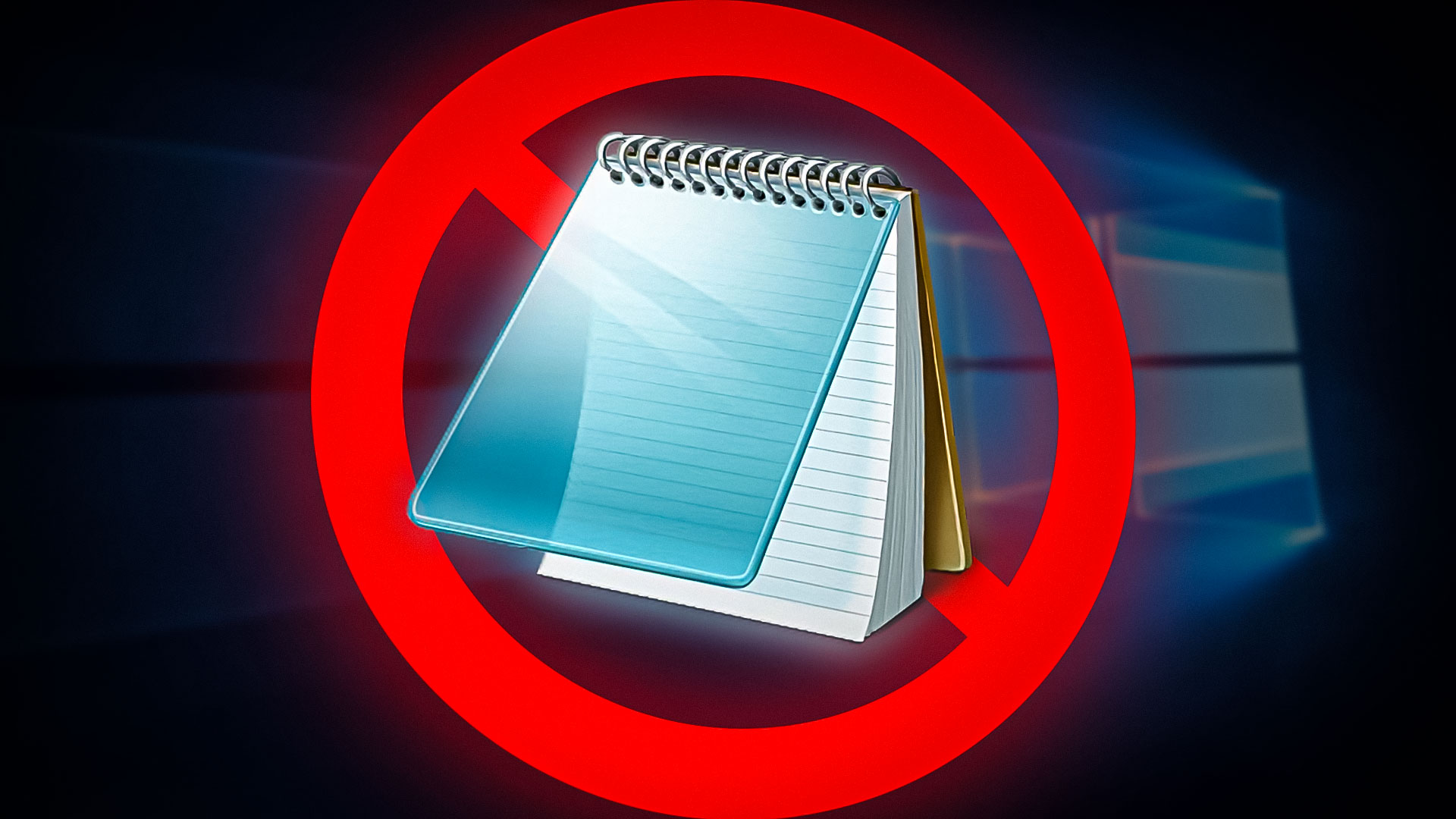
Before proceeding to fix the Notepad, check if you can launch the Notepad through the File Explorer from the following locations (if present):
C:\WINDOWS\system32 C:\Windows\SysWOW64
Moreover, if your system had ever been part of a multi-display setup, then check if the Notepad application is not launched on the phantom display.
Solution 1: Disable/Remove the Conflicting Applications
The Notepad application may not open if another application/process on your system is hindering the operation of the Notepad. In this case, removing the conflicting applications (like WinSeven.exe or Notepad++) may solve the problem.
- Boot your computer into safe mode and check if the Notepad is working fine.
- If so, perform a clean boot of your PC and check if the issue is resolved.
- If so, then enable the processes/applications one by one till you find the problematic application/process. A malware named ‘WinSeven.exe’ (hidden in the Winshell folder) is known to create the issue at hand and in some instances, Notepad++ caused a similar behavior.
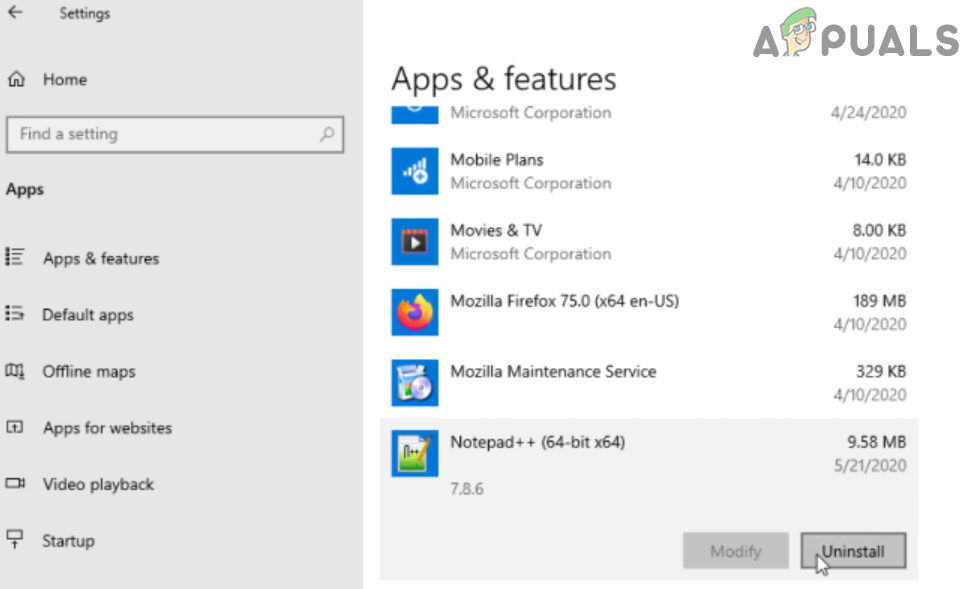
Uninstall Notepad++ - Once the problematic application is found, you may disable it in the Startup tab of the Task Manager or completely uninstall it (in Settings>>Apps). If the issue was caused by malware, make sure to perform a thorough malware scan of your system.
Solution 2: Use the SFC and DISM Commands
The Notepad application may fail to open if the essential system files are corrupt. In this context, using the SFC and DISM commands may clear the files’ corruption and thus solve the problem.
- Perform an SFC scan of your system (this may take some time to complete, so attempt it when you can spare your PC for some time) and check if the Notepad is working fine.
- If not, then check if executing the following DISM cmdlet in an elevated Command Prompts solves the Notepad problem:
Dism /Online /Add-Capability /CapabilityName:Microsoft.Windows.Notepad~~~~0.0.1.0

Add Notepad Capability Through the DISM Command - If the issue persists, then check if using the following DISM commands resolves the Notepad issue:
dism.exe /online /cleanup-image /scanhealth dism.exe /online /cleanup-image /restorehealth
Solution 3: Set the Notepad as the Default Text Editor and Enable the Background Apps
The Notepad might not open if no application is set as default to open the text files (user cannot open the text files directly by double-clicking on them) and the user has disabled the background apps (the Windows search fails to fetch the Notepad result). This can be especially true if the user had installed another text editor and set that editor as the default app to open the text files, but after removing that editor, the default setting did not revert to the Notepad. In this context, setting the Notepad as the default app to open the text files and enabling the operation of the background apps may solve the problem.
Set the Notepad as the Default App to Open the Text Files
- Launch the Power User menu of your system by simultaneously pressing Windows + X keys and then select Apps & Features.
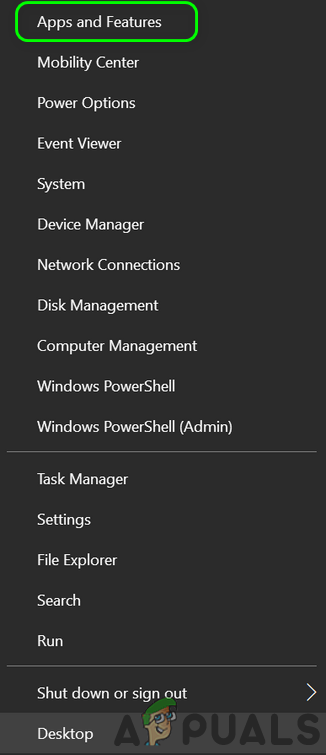
Open Apps & Features - Then, in the left pane, steer to the Default Apps tab and in the right pane, click on the Choose Default Apps by File Type (near the end of the screen).
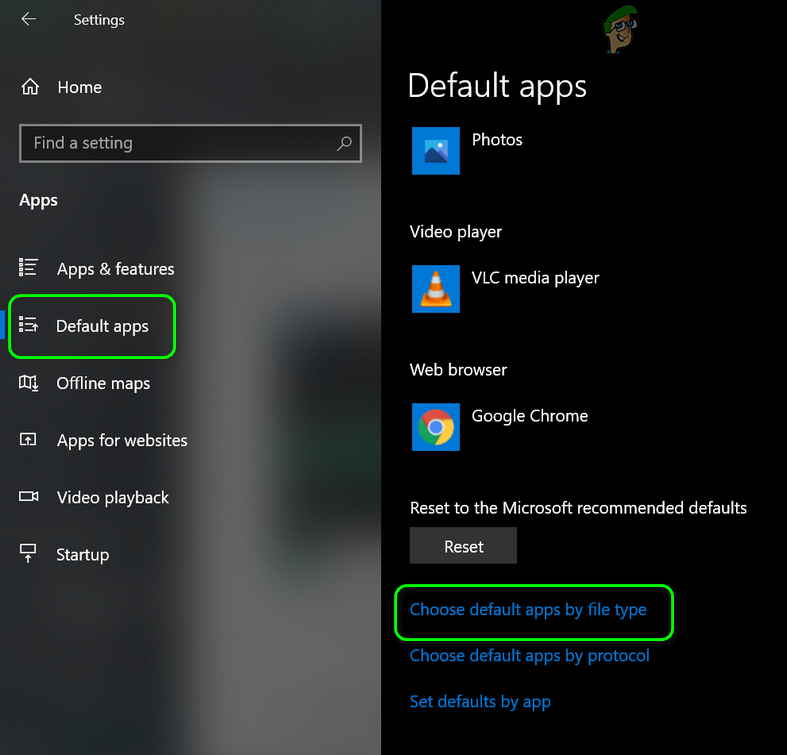
Open Choose Default Apps by File Type - Now scroll down till you find the ‘.txt’ file type and then click on the option in front of it (it may show some other app or Choose A Default).
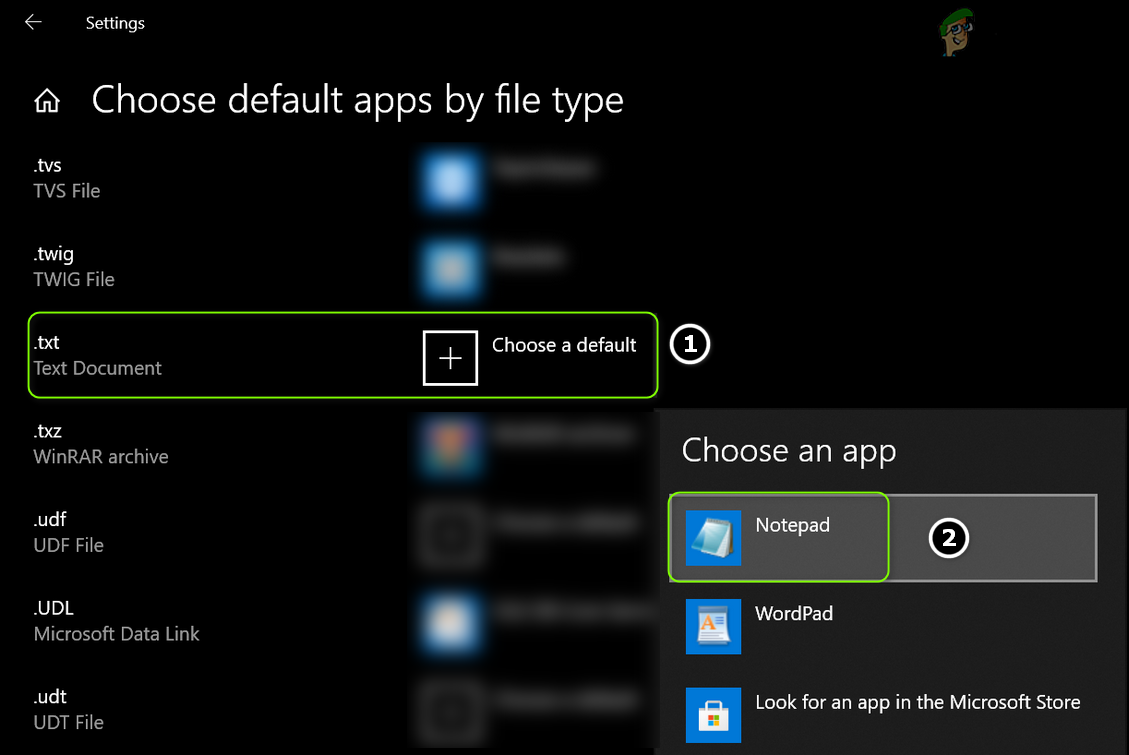
Set the Notepad as the Default Text Editor - Then, in the Choose an App menu, select the Notepad and reboot your PC.
- Upon reboot, check if the Notepad is working fine.
Enable the Background Apps
- Press the Windows key and in the Windows search box, type Background Apps. Now open Background Apps.
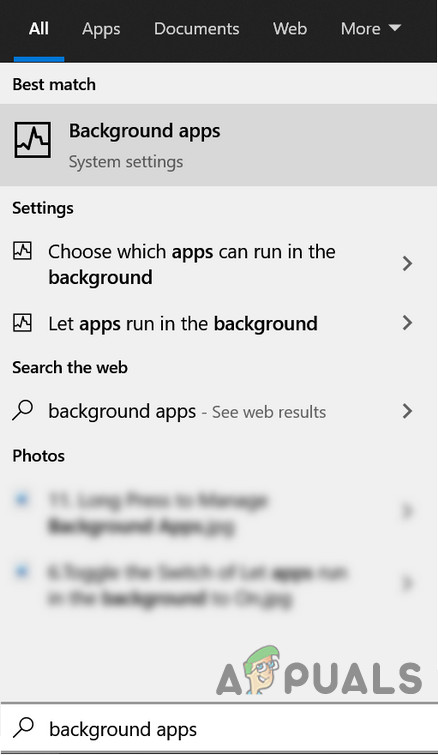
Open Background Apps - Then enable the option of Let Apps Run in the Background (just under Background Apps) by toggling its switch to the ON position.
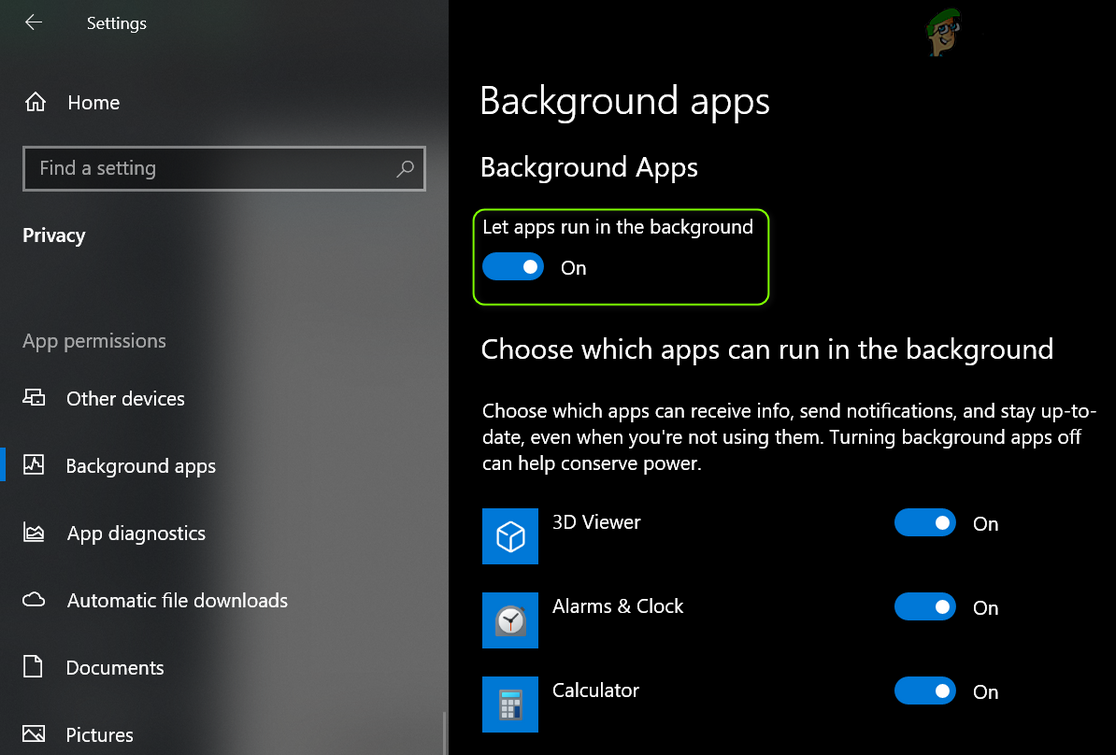
Enable ‘Let Apps Run in the Background’ - Now make sure all the apps under Choose Which Apps Can Run in the Background are enabled and reboot your PC.
- Upon reboot, check if the Notepad issue is resolved. If so, then you may disable the apps under Choose Which Can Run in the Background one by one till you find the problematic one. Once the problematic app is found, keep it enabled and disable all the other apps that are not essential.
Solution 4: Reinstall the Notepad
The Notepad might not work if its installation is corrupt. In this context, reinstalling the Notepad (or more technically, re-adding the Notepad feature) may solve the problem.
- Press the Windows key and open Settings.
- Now select Apps and open Optional Features (just under Apps & Features).
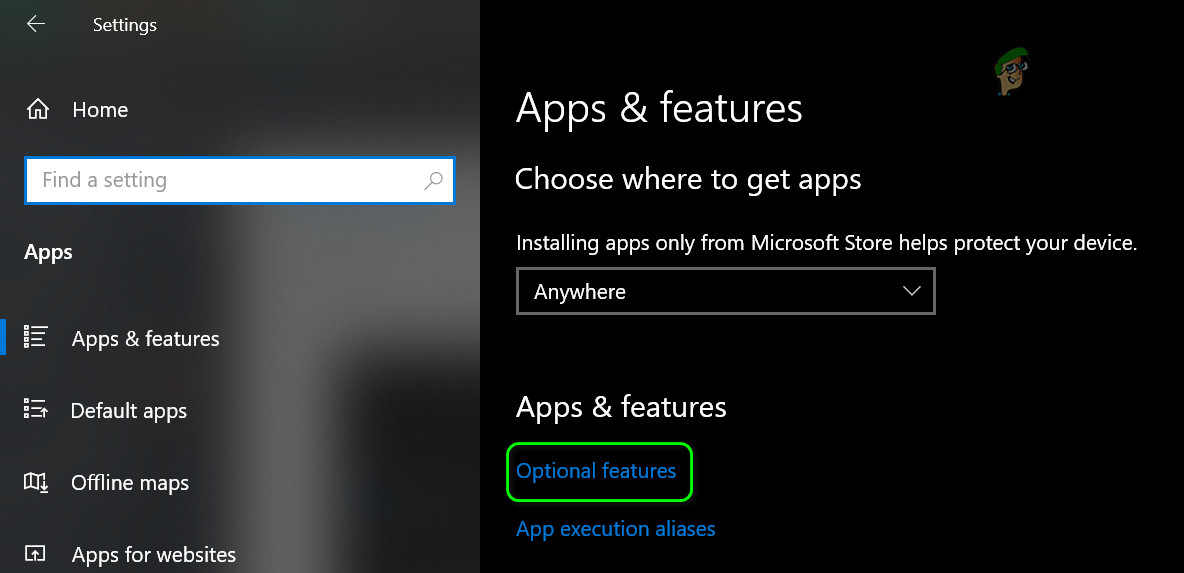
Open Optional Features in Apps - Then expand Notepad and click on the Uninstall button.
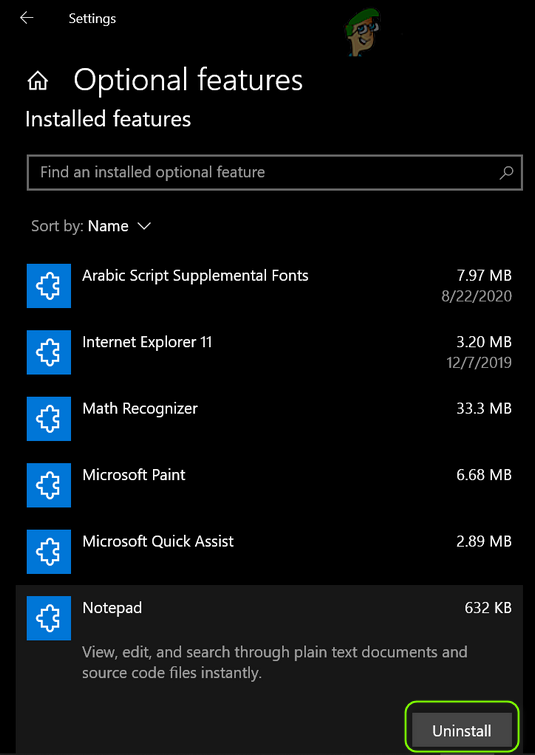
Uninstall Notepad in Optional Features - Now let the Notepad uninstallation complete and reboot your PC.
- Upon reboot, steer to the Optional Features window (steps 1 to 2) and click on Add a Feature.
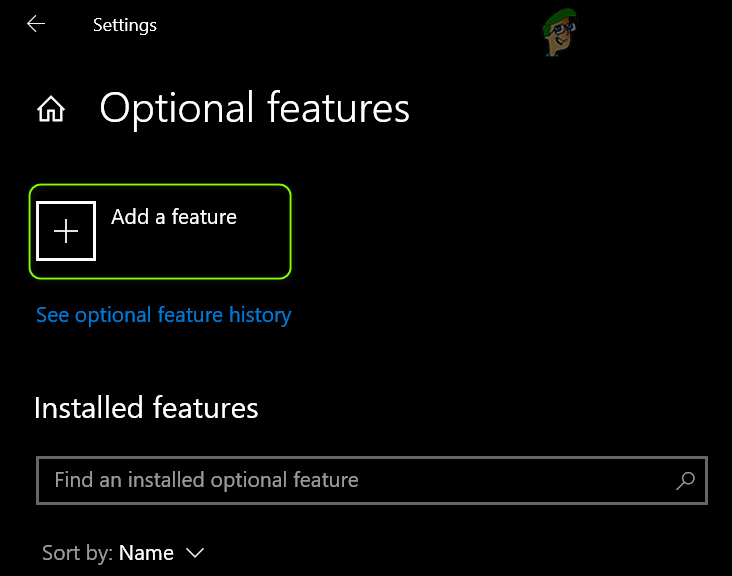
Click on Add a Feature in the Optional Feature - Now, in the search bar of the Add an Optional Feature window, type: Notepad and checkmark Notepad.
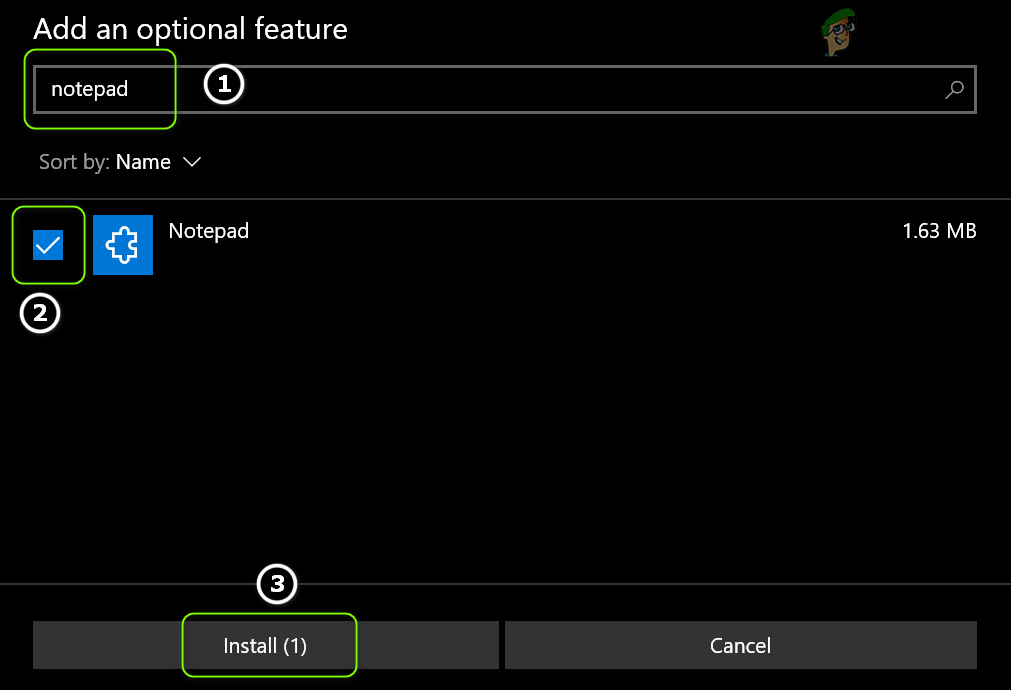
Install the Notepad in Optional Features - Then click on the Install button and let the Notepad installation complete.
- Once the installation is complete, reboot your PC and check if the Notepad is working fine.
If that did not do the trick, then check if installing the Microsoft Store version of Notepad sorts out the problem (but this may not be available for all users).
Solution 5: Edit the System’s Registry
The Notepad may fail to load on your system if the registry key relevant to the Notepad application is wrongly configured. In this case, editing the registry key relevant to the Notepad may solve the problem.
Warning: Proceed with the utmost care and at your own risk as editing the registry of your system is a skillful task and if done wrong, your system/data may suffer everlasting damage.
Before proceeding, make sure that you have backed-up the system’s registry.
- Press the Windows key and search (in the Windows search bar) for the Registry Editor. Now, in the results list, right-click on the result of the Registry Editor and choose Run as Administrator.
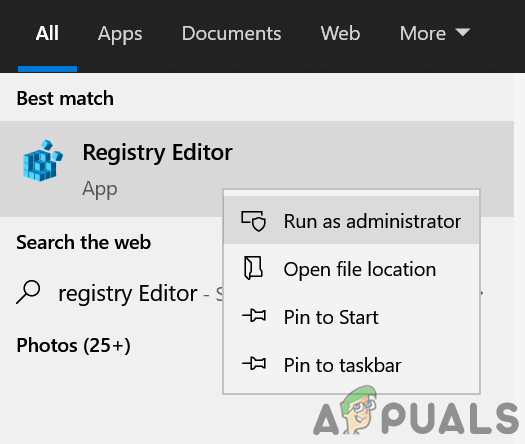
Open Registry Editor as Administrator - Now, navigate to the following:
Computer\HKEY_LOCAL_MACHINE\SOFTWARE\Microsoft\Windows NT\CurrentVersion\Image File Execution Options\
- Then, under Image File Execution Options (in the left pane), look for the Notepad.exe registry key. If present, right-click on it and select Delete.
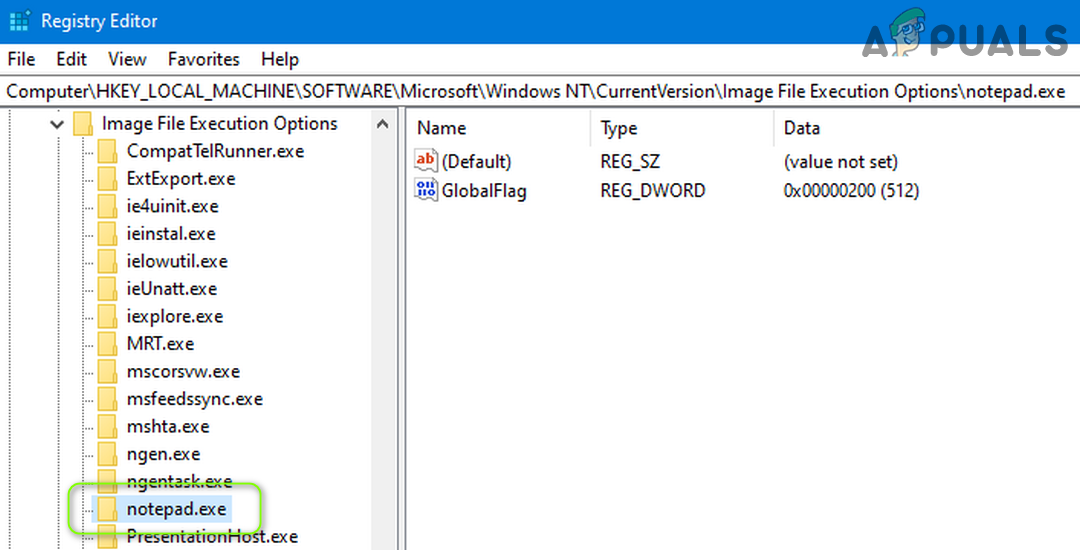
Delete the Notepad.exe Key in the Registry Editor - Now confirm to delete the Notepad.exe registry key and exit the editor.
- Then reboot your Pc and check if the Notepad has started to open normally.
If you do not want to delete the key at step 3, then check if setting the correct path for the Notepad in the “Debugger” reg_sz value sorts out the problem.
Solution 6: Create a New User Account
The Notepad issue may emerge if the Windows user profile is corrupt. In this scenario, creating a new user account (preferably administrator) may solve the problem.
- Create a new user account on your system (it will be better to create a local administrator account) and log out of your current account.
- Then log in using the newly created user account and check if the Notepad is opening fine.
If the issue does not occur in the new user account, you may copy-paste the EXE file of the Notepad from the new account to the problematic user account (you can also acquire the EXE file of the Notepad from another trusted and working computer).
If the issue persists, then check if editing the %PATH% environment variable (if it is too long, then remove the entries pointing to the old uninstalled programs) solves the problem. If that did not do the trick, then check if performing a repair install of Windows sorts out the problem.




